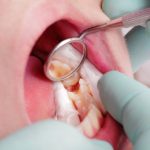
This review comparing direct and indirect restoration of endodontically treated posterior teeth included 22 studies . None of the included studies was considered to be at low risk of bias and only 2 RCTs were included.
[read the full story...]
This review comparing direct and indirect restoration of endodontically treated posterior teeth included 22 studies . None of the included studies was considered to be at low risk of bias and only 2 RCTs were included.
[read the full story...]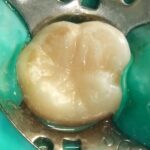
This review of the performance (retention/fracture) of bulk-fill and incremental filled composite restorations place in the posterior teeth of adult patients included 14 RCTs. Only 4 of the studies were at low risk of bias and while no difference was shown between the two approaches but the number of failures was small small.
[read the full story...]
No new trials were available for this Cochrane review update. Only 8 RCTs were available providing inconsistent, low-quality evidence for a difference in postoperative hypersensitivity after placing a liner for posterior resin-based composite restorations in adult permanent teeth.
[read the full story...]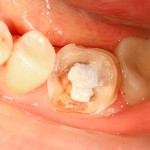
This review of failure rate of single-unit prostheses versus direct restorations in vital posterior teeth included 14 studies (5 RCTs) finding that composite had a significantly higher failure rate than amalgams, regardless of the remaining tooth structure. For teeth with fewer than 2 remaining walls, direct restorations presented significantly higher failure rates than crowns .
[read the full story...]
This Cochrane review of liners under posterior composite restoration included 8 RCTs identifying little evidence to show that they reduced sensitivity and no evidence of an effect on longevity of restorations.
[read the full story...]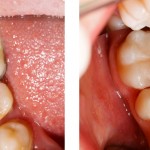
This review included 13 small studies of limited quality. While the available evidence suggests there may be no difference, further long-term high quality studies are required to confirm if this is the case.
[read the full story...]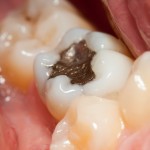
8 studies were included in this review comparing amalgam with composite in posterior restorations. There was a statistically significant benefit in favour of amalgam for both restoration failure and secondary caries.
[read the full story...]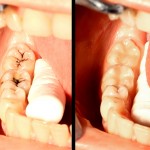
This review of 8 studies involving 910 posterior resin restorations in 420 patients found a survival rate at 4 years = 0.93 (95% CI; 0.91- 0.95). However, the overall quality of the evidence was low.
[read the full story...]